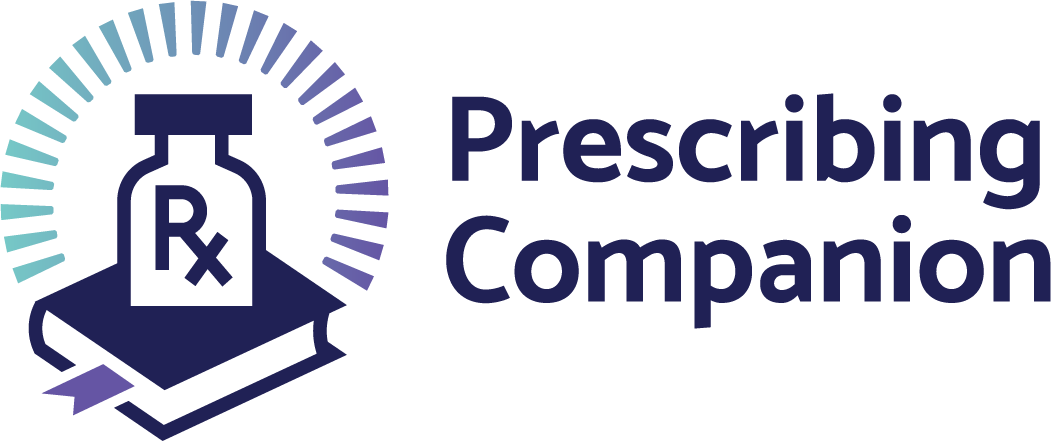Description
Eczema is an inflammatory rash which may be due to endogenous or exogenous factors.
Classification of Eczema
- Endogenous
- Atopic (inherited disposition)
- Seborrhoeic
- Asteatosis
- Discoid (nummular)
- Unclassified
- Exogenous
- Allergic contact dermatitis –Primary irritant dermatitis –photodermatitis
Atopic eczema
Description
This is a condition characterised by an itchy, rough, dry skin. In babies, it occurs mainly in the areas surrounding the knees, elbows and neck whereas in older children and adults it can occur on any part of the body. The itching is intense at night and could become chronic and infected. Where possible the causative factor should be determined before commencing treatment.
Treatment
Supportive
- Recommend 100% cotton clothing
- Keep skin hydrated with Oil bath and short baths
- The patient should avoid scratching
Pharmacological
- Emollient cream, topically 1-3 times daily
OR
- Tacrolimus ointment (0.03% for children, and 1% for adults), topically 1 to 2 times a day. Can be used for a longer duration than steroids.
- Triamicinolone cream or Betamethasone 1%, topically twice daily for 7 days (for severe or non-responsive cases)
OR
- Hydrocortisone in, topically twice daily for 7 days ss
NB: A cocktail can be made by mixing 3tubes of triamicinolone or the alternative in a 500g of emollient cream) Cetrizine or Chlorpheniramine for very itchy cases
Avoid known irritants e.g. soap, woollen clothing. If there is no improvement in the acute condition after 2 weeks refer to a specialist.
Seborrhoeic eczema
Description
This is a condition characterized by thick adherent scales presenting as a diffuse scaly scalp (dandruff). It may also affect other parts of the body which tend to be oily e.g. facial skin nasolabial folds, eyebrows, eyelashes, external ears, and centre of the back. Variable pruritis and vesicular or scaly lesions may be present. Infantile seborrhoeic eczema occurs in early infancy 24 weeks after birth. Begins with cradle cap (scaly scalp surrounding the anterior fontanelle), spreads to the face, axilla, neck and nappy area. The rash is non-itchy and gets better without leaving marks.
Treatment
- Triamicinolone cream or Hydrocortisone 1% cream, topically twice daily o Maintenance: once or twice a week as required
- Tacrolimus 03% or 0.1% cream can be used once daily for 4weeks
- Zinc oxide cream, topically 1-3 times daily after bathing especially in the nappy area or
- Aqueous cream, topically 1-3 times daily after
- Antifungal cream such as Miconazole twice a day when fungal elements seen on
- Ketoconazole shampoo twice to three times weekly
To reduce scaling and itching of the scalp use keratolytic or antifungal containing shampoos once or twice weekly. Refer patients who do not respond to treatment or have acute oozing eczema to a specialist.
